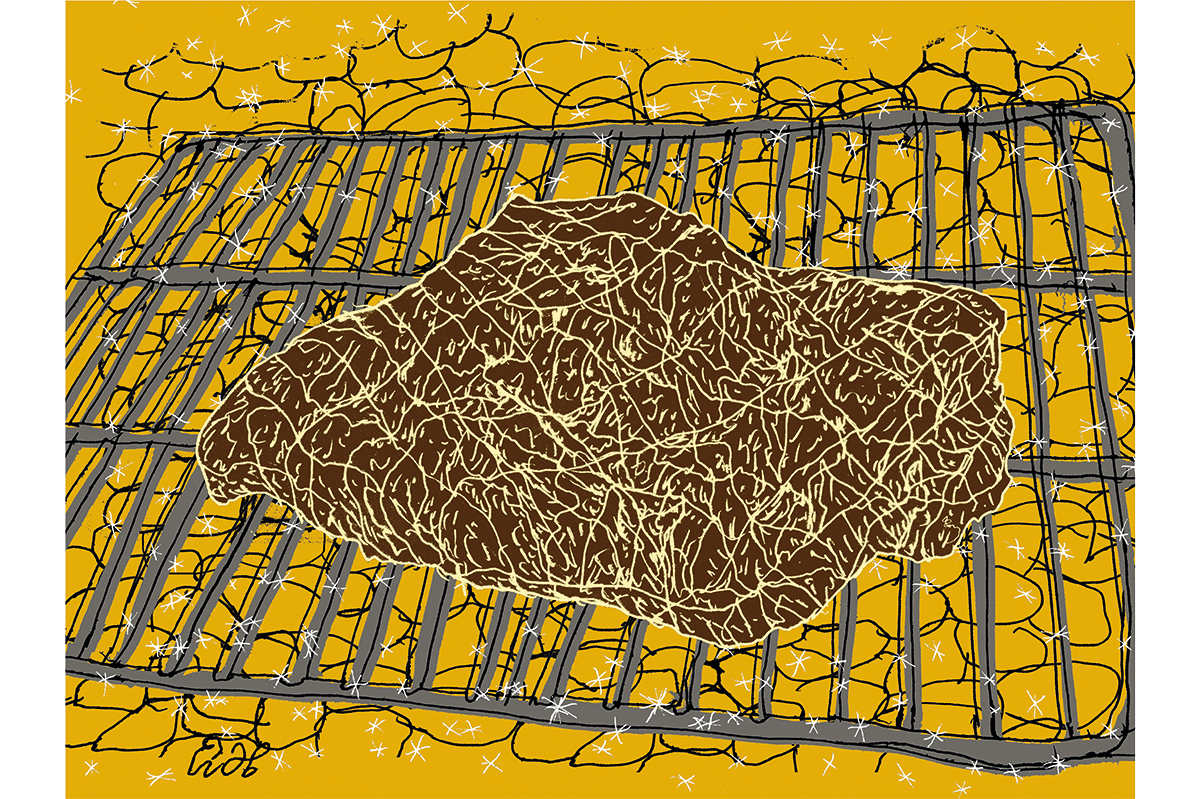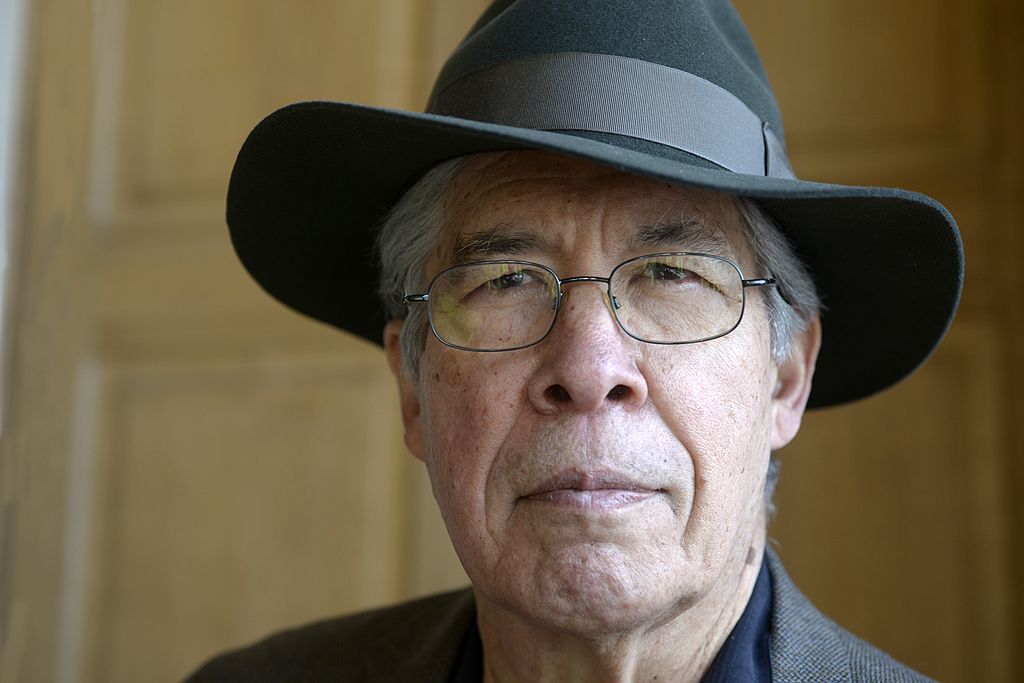What constitutes a safe level of drinking? For some activist-academics there is none – and they are loudly lobbying for alcohol to be treated like tobacco in official US health advice.
The Dietary Guidelines for Americans are under review and will be updated this year. Currently they recommend moderation: two drinks or less in a day for men and one drink or less in a day for women. Pressure, however, is being applied for a new recommendation: no safe level.
But that would fly in the face of decades of evidence that has shown those who drink in moderation live longer than those who do not, mostly because alcohol consumption lowers the risk of heart disease, stroke and diabetes. The current guidance from 2020 is roughly where the sweet spot is from a health perspective.
Drink a lot more than this and you will increase your risk of liver disease and several forms of cancer, but there is no serious argument that the frugal recommendations of the Dietary Guideline Advisory Committee will put you at greater risk of an early death than not drinking at all.
Or at least there shouldn’t be. The health benefits of moderate drinking were first observed by scientists in the 1920s and have been shown in countless epidemiological studies since the 1970s. The great epidemiologist Sir Richard Doll, who identified the link between smoking and lung cancer in 1950, showed a J-Curved relationship between alcohol and all-cause mortality in 1994 – which means at first there are benefits to drinking, but that turns negative after a certain amount is consumed.
If the evidence had shown that moderate drinking was associated with worse health outcomes, the matter would have been put to bed decades ago, but the benefits of moderate alcohol consumption have never sat well with a certain kind of “public health” advocate. The message seems too nuanced and “pro-alcohol.” What will happen if teetotallers start drinking for the good of their health and end up as alcoholics?
Institutional resistance to this inconvenient evidence led to a manufactured controversy about moderate drinking that has never gone away. A handful of academics in Canada have spent years publishing studies and op-eds casting doubt on the J-Curve and, despite being heavily criticized by experts in alcohol research, have been given a free rise by the popular press. Anyone using a search engine or AI tool to ask about the state of the evidence will find the results warped by their barrage of contrarianism, cherry-picking and whataboutery.
The science has not changed, but the zero-alcohol contingent – who no doubt recall the prohibition of the 1920s with fondness – appear to be winning the ground war.
In December, the National Academies of Sciences, Engineering, and Medicine published a rigorous 230 page report titled Review on Evidence of Alcohol and Health which confirmed what has been apparent for fifty years. It concluded that those who drink alcohol in moderation have a 16 percent lower risk of all-cause mortality than those who have never drunk alcohol. They also have a 22 percent lower risk of having a heart attack, an 11 per cent lower risk of having a stroke and an 18 percent lower risk of dying from cardiovascular disease.
A few weeks after the National Academies report was published, the Surgeon-General effectively spiked it by publishing his own report calling for cancer warnings to be put on bottles of booze. Heavy drinking can certainly cause some forms of cancer, although the only form of the disease that the National Academies report associated with moderate alcohol consumption was breast cancer, with a relatively modest risk increase of 10 percent. Crucially, overall mortality was lower among moderate drinkers of both sexes. Would you rather be 10 percent more likely to develop breast cancer or 16 percent less likely to die prematurely?
By ignoring the big picture and focusing on cancer, the Surgeon-General was deliberately muddying the water and changing the subject. Liver disease is by far the biggest health problem associated with drinking, so why warn people specifically about cancer? He was taking a page straight out of the anti-tobacco playbook. The modern crusade against smoking started with mandatory cancer warnings.
This explains the concerted effort to downplay the health benefits of moderate drinking. The claim that there is “no safe level” of drinking (a choice of words borrowed from the anti-smoking lobby) rings hollow when teetotallers are significantly more likely to die prematurely from some of humanity’s most serious diseases.
The long term goal is to have the government’s low-risk drinking guidelines lowered to zero, at which point it becomes open season on drinkers. You can comfort yourself with the thought that they are only “guidelines” and “recommendations,” but when every drinker is drinking at an “unsafe” level, you can be sure that the government will become less forgiving.
In Canada, a committee dominated by neo-temperance academics recommended in 2023 that the guideline be dropped to just two drinks per week! When the New York Times wrote about the National Academies report in January, it gaslighted its readers by describing the protective effects of moderate drinking as a “once-dominant hypothesis” and insisted that the “emerging scientific consensus” is that “alcohol has no health benefits.”
This is baffling to anyone who is familiar with the epidemiological and biological evidence, which gets stronger every year, but the New York Times may be right in one respect. An “emerging scientific consensus” does not have to reflect what the science says. In practice, it is whatever some alleged experts say most loudly. Whatever they want to be true may eventually be taken for the truth.


























Leave a Reply